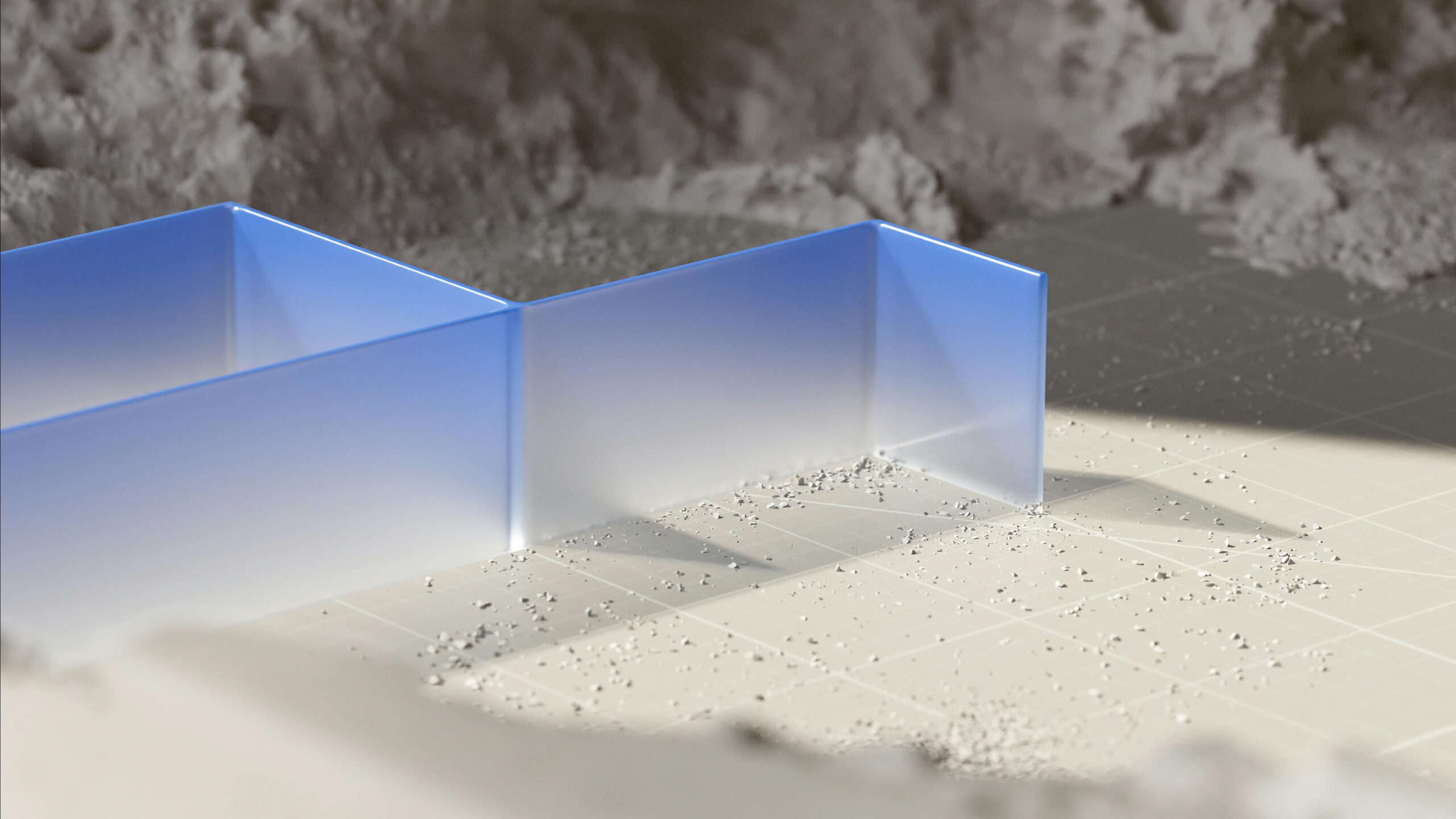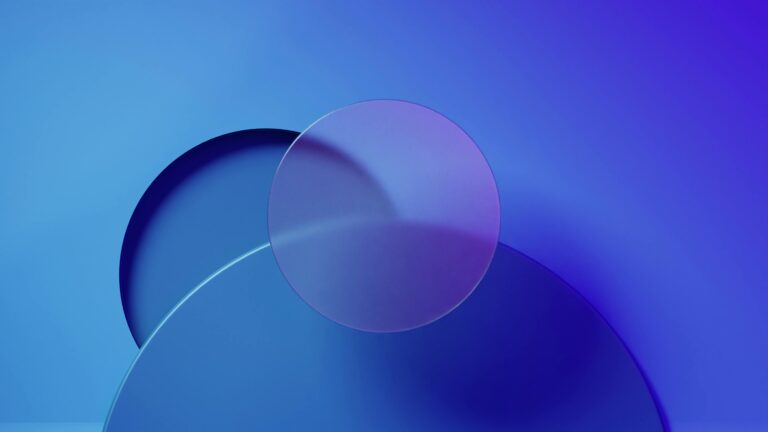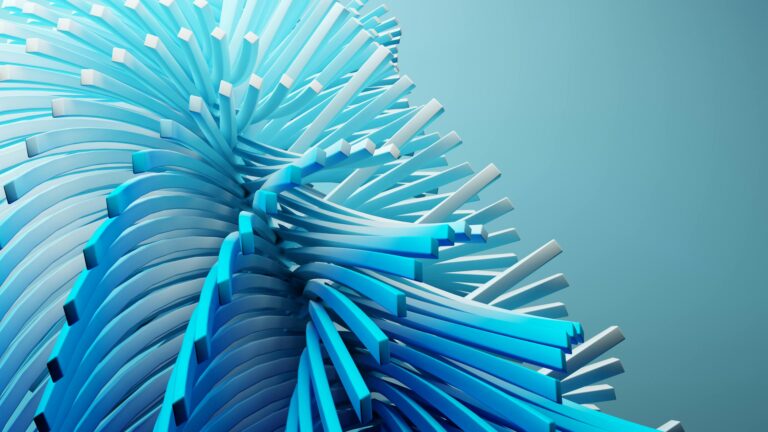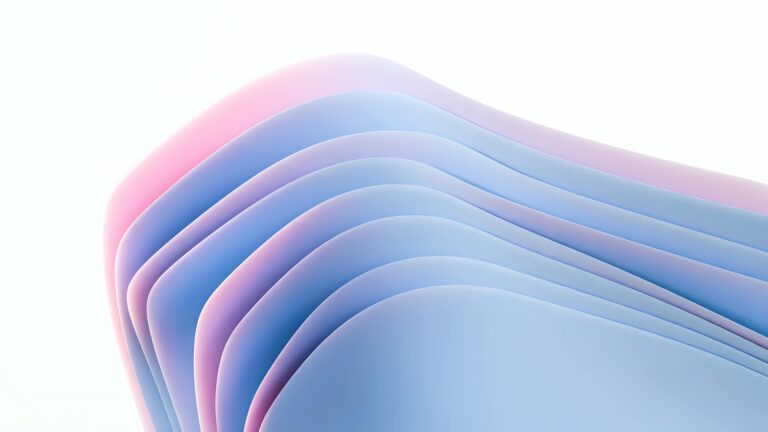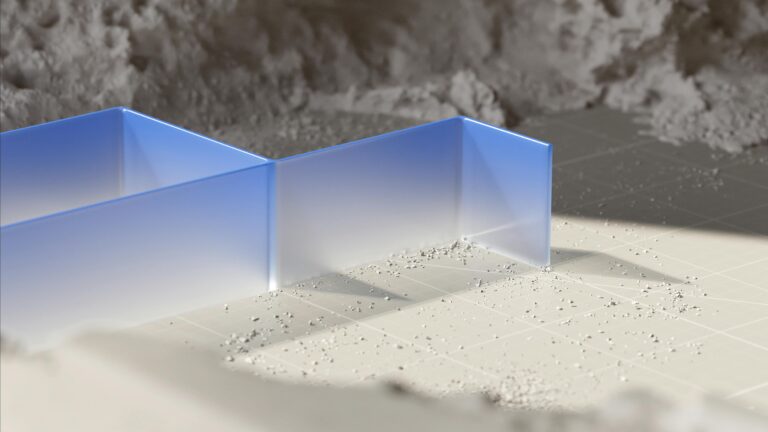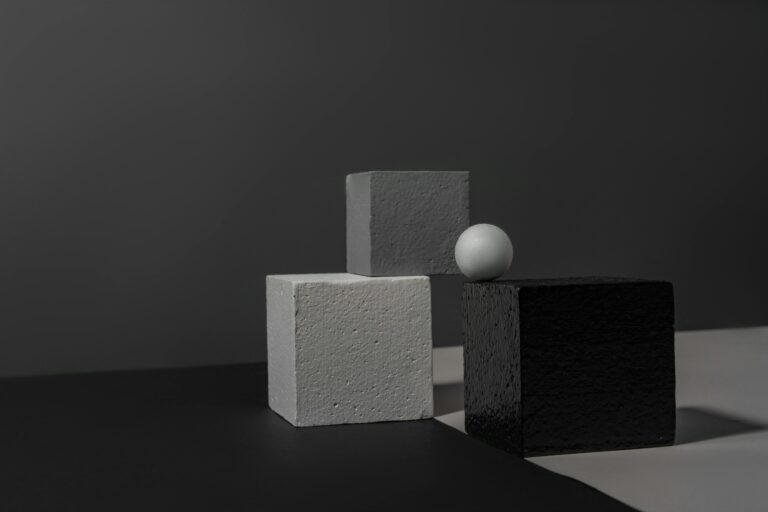Minimalist Web Design 2025: Maximize Impact with Less
Less is More: The Enduring Appeal of Minimalism
Minimalist web design isn’t a fleeting trend; it’s a philosophy. In 2025, its enduring appeal stems from its ability to prioritize user experience and deliver content with clarity. A clean, uncluttered interface reduces cognitive overload, allowing visitors to focus on the core message and desired actions. As attention spans shrink, the power of simplicity grows exponentially.
Core Principles: Guiding Stars for Minimalist Design
Several core principles guide effective minimalist web design. Whitespace, or negative space, is paramount. It allows elements to breathe, creating visual hierarchy and improving readability. Strategic use of typography is equally crucial; choose fonts carefully and use size and weight to establish a clear visual hierarchy. A limited color palette, typically consisting of one or two primary colors and neutral tones, helps maintain a cohesive and uncluttered aesthetic. Finally, prioritize essential content and eliminate anything superfluous. Every element should serve a purpose and contribute to the overall user experience.
Evolving Trends: What's New in 2025?
While the core principles remain consistent, minimalist web design continues to evolve. In 2025, we’re seeing several exciting trends emerge. Micro-interactions, subtle animations that provide feedback to user actions, are becoming increasingly popular. These small details add a layer of interactivity and engagement without sacrificing simplicity. Asymmetrical layouts, while seemingly unconventional, can create visual interest and guide the user’s eye through the content in a unique way. Brutalist elements, characterized by raw, unpolished aesthetics, are also making their way into minimalist design, providing a contrast to the typical clean lines. However, the key is to incorporate these trends judiciously, ensuring they enhance rather than detract from the overall minimalist aesthetic.
Performance Benefits: Speed, Accessibility, and SEO
Minimalist web design offers significant performance benefits. By reducing the number of visual elements and complex animations, websites load faster, providing a better user experience, especially on mobile devices. This improved speed also contributes to better search engine rankings, as Google prioritizes fast-loading websites. Furthermore, minimalist design often leads to improved accessibility. Clear visual hierarchy, sufficient contrast, and simple navigation make websites easier to use for people with disabilities. A well-executed minimalist website is inherently more user-friendly and accessible to a wider audience.
Leveraging Elementor for Minimalist Design
Elementor provides a powerful platform for creating minimalist websites. Its drag-and-drop interface makes it easy to experiment with different layouts and design elements. Utilizing Elementor’s global styles feature allows you to easily manage typography, colors, and other design elements across your entire website, ensuring consistency and efficiency. Take advantage of Elementor’s built-in performance optimization features, such as image optimization and lazy loading, to ensure your minimalist website loads quickly. And of course, use CopyElement’s library of pre-designed, no-plugin Elementor components to accelerate your workflow and create stunning minimalist designs with ease. By combining the power of Elementor with a minimalist design philosophy, you can create websites that are both visually appealing and highly effective.
Avoiding Common Pitfalls: Maintaining Balance and Purpose
While minimalist design offers many advantages, it’s important to avoid common pitfalls. One common mistake is taking minimalism too far, resulting in a website that feels sterile and uninviting. It’s crucial to maintain a balance between simplicity and visual interest. Another pitfall is neglecting user experience. A minimalist website should still be easy to navigate and provide a clear path for users to achieve their goals. Finally, don’t sacrifice functionality for aesthetics. A minimalist website should still be fully functional and provide all the necessary information and features. Remember, the goal is to maximize impact with less, not to create a website that is simply empty.
Case Studies: Examples of Effective Minimalist Web Design
Examining successful examples of minimalist web design can provide valuable inspiration. Look for websites that prioritize whitespace, use typography effectively, and have a clear visual hierarchy. Pay attention to how they use color and imagery to create a cohesive and engaging experience. Analyze their navigation and consider how they guide users through the content. By studying these examples, you can gain a better understanding of the principles of minimalist design and how to apply them to your own projects.
The Future of Minimalist Web Design: Simplicity as a Competitive Advantage
In a world of information overload, simplicity will continue to be a competitive advantage. Minimalist web design will evolve to incorporate new technologies and design trends, but its core principles will remain constant. By embracing minimalism, you can create websites that are not only visually appealing but also highly effective at achieving your business goals. As we move towards 2025 and beyond, minimalist web design will be more crucial than ever for businesses looking to stand out and connect with their audience.

